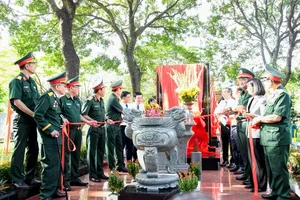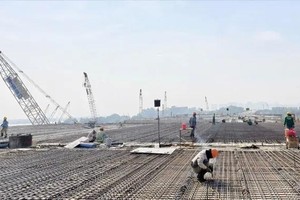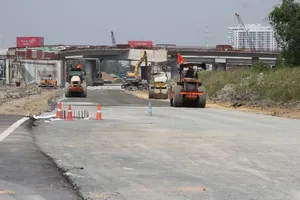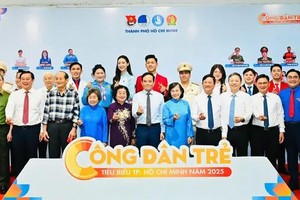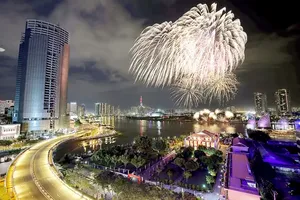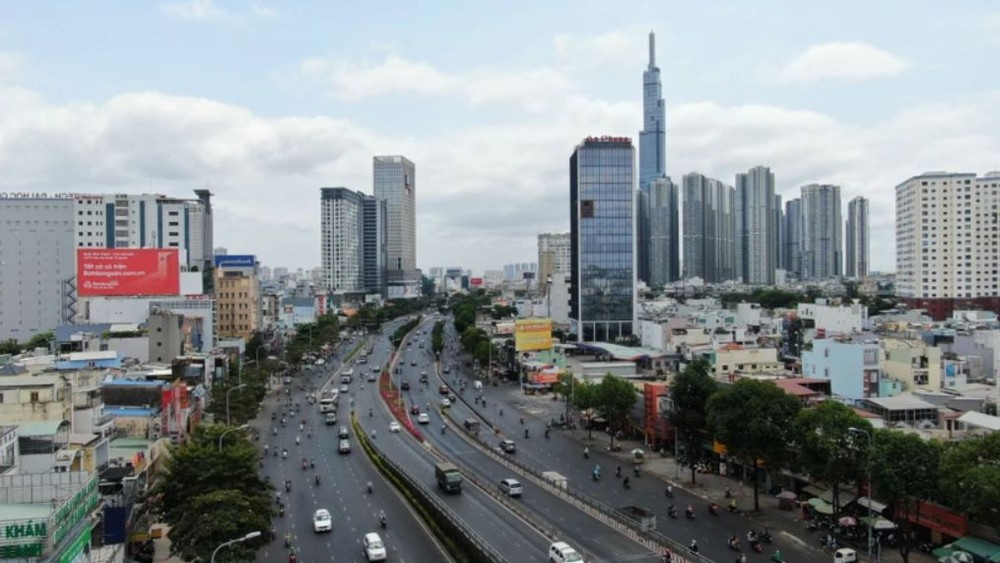
The global stock market is tinged with red, and the Middle East teeters on the brink of war. Waves of unrest ripple across many countries, and the dramatic U.S. presidential election adds to the tension. These global uncertainties have prompted domestic and specifically Ho Chi Minh City to prepare contingency plans. Comprehensive localization appears foreseeable with deeper and longer-lasting implications.
HCMC is effectively leveraging domestic market demand and gradually applying new mechanisms in an effort to accelerate growth in the final months of the year, setting the stage for a leap in 2025 - the final year of the term. Over the past 7 months, the city has effectively exploited the two pillars of import-export and domestic consumption, with both seeing significant growth, contributing to a 6.46 percent Gross Regional Domestic Product (GRDP) growth rate - higher than the national average (6.42 percent) and the highest growth rate in the last three years. The orientation of building a 'City of Festivals and Events' along with a number of stimulus measures has significantly contributed to boosting consumption in the service and tourism sectors.
Combining effectiveness with exploration can motivate the city to help address its weak points and carry out new policies by taking advantage of the National Assembly’s Resolution 98/2023/QH15 on piloting some special mechanisms and policies for the development of HCMC and Decree 84/2024/ND-CP on decentralizing state management in several fields to the HCMC government. This hopes to create momentum for the city to better address the remaining weak pillar of public investment disbursement.
The period from 2024 to 2025 is considered a crucial phase, playing an essential role in achieving the 5-year socio-economic development plan for the 2021-2025 period. To meet midterm targets and boost growth through investment, consumption, and exports, the Ho Chi Minh City People’s Committee has identified seven specific solution groups as outlined in the Directive on tasks and solutions to promote economic growth in Ho Chi Minh City by 2025 for implementation.
Firstly, there’s a group of solutions aiming at accelerating public investment disbursement. This involves directly addressing capital absorption issues, with the State Bank of Vietnam's branch in Ho Chi Minh City and management boards of industrial parks, export processing zones, and the High-Tech Park playing key roles. The focus is on supporting businesses through credit policies, interest rates, and services, as well as facilitating the disbursement of social housing credit packages.
Additionally, efforts continue to remove obstacles and promote the commencement of projects that have received city-level investment approval, particularly in areas such as digital infrastructure, data centers, logistics, and research and development in digital technology with an estimated total investment capital of around VND50 trillion-VND70 trillion in 2024-2025. This group of solutions complements the first by addressing administrative reforms. The goal is to integrate these reforms into a comprehensive guidance handbook for departments, agencies, and localities to reference during implementation.
In addition to the traditional solution groups such as those promoting efficient public spending, boosting consumer demand, and stabilizing the market; the group of solutions aimed at promoting import-export activities; and the solutions for environmental protection and projects serving social welfare while expanding land reserves for development, there’s a new group of solutions that has demonstrated the dynamic nature of the city’s growth.
Specifically, in addition to closely monitoring developments and refining processes in the financial technology (Fintech) sector and the International Financial Center project in Ho Chi Minh City, the city has also focused on the trend of combining digital transformation with green transformation. This involves promotional programs and various events to drive green transitions and achieve Net Zero goals.
These solution groups have been carried out from this July to next October, emphasizing urgency and centrality. They are closely tied to the responsibilities assigned to each department and individual. Simultaneously, they align with the core principles of Ho Chi Minh City’s overall planning and socio-economic development plans, addressing immediate tasks while moving toward broader, sustainable objectives outlined in these two planning documents.
